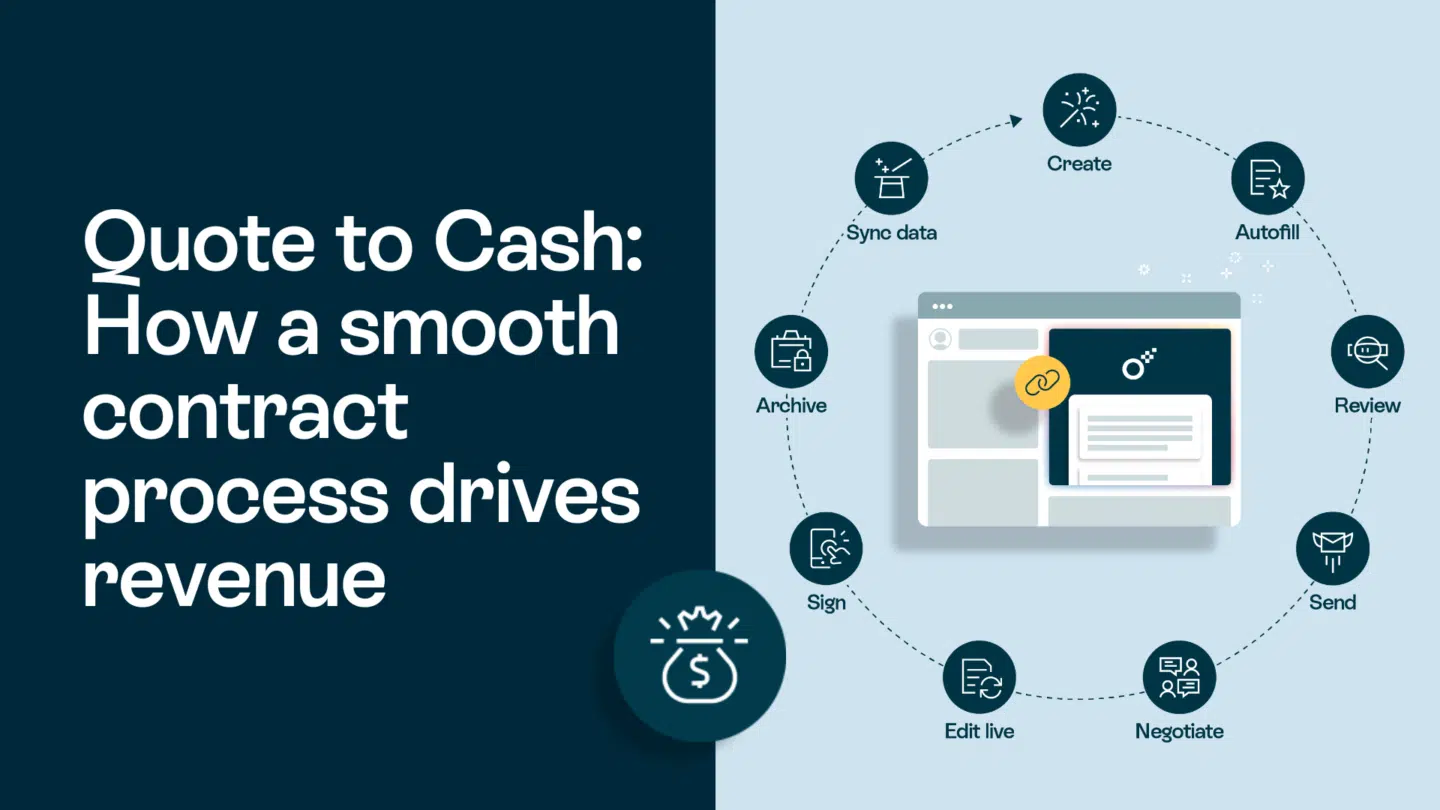Document verification just got easier. This year, we brought our electronic sealing capabilities in house, to make it easier for users to check the electronic seal of their downloaded contracts, and to set up the foundation for more innovation in the future.
How do electronic seals work?
An electronic seal is a digital certificate proving that a document is valid and hasn’t been tampered with. The electronic seal ensures integrity and provides non-repudiation. This means that any change that is made to the document, even if it is just a single character, will break the seal and the change can be detected.
Why this matters
Managing contracts can be a complex and time-consuming process. Ensuring that each contract is electronically sealed securely is not just a matter of convenience but a critical aspect of maintaining trust and transparency in business relationships. Our new electronic sealing capabilities are meant to simplify this process, providing a green check as a visual cue that your contract is not only sealed but also secure.
Want to learn how to check a downloaded contract? Check out our help center article for more information.
What’s to come?
By integrating Oneflow’s contract electronic seal capabilities in-house, we are not just streamlining our current contract management processes; we’re also future-proofing our operations for other possible innovation. By having robust contract management capabilities already in place, we position ourselves to the possibility of adopting advancements such as QES, enabling us to stay ahead in an ever-evolving business landscape, and support you in even more ways.
Please note that in-house electronic sealing is applicable to contracts signed on or after January 5. For those signed before this date, rest assured that our old sealing methods through Trustweaver are still in place to support you. If you have any questions or concerns, refer to our Help Center article, where we’ve outlined the steps for managing contracts signed before January 5.







